Latest NRAO News
News is managed by NRAO News & Public Information. Questions about News? Have a story to share? Want to interview a scientist or create new media about our telescopes?
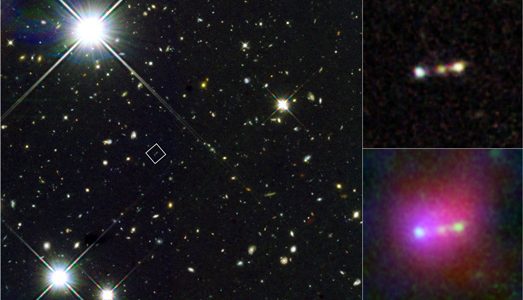
Astronomers using the combined power of the Atacama Large Millimeter/submillimeter Array (ALMA) telescope and NASA’s Hubble Space Telescope have…
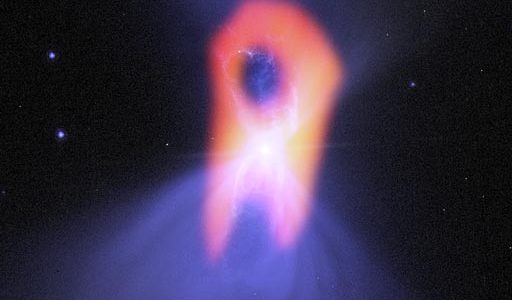
At a cosmologically crisp one degree Kelvin, the Boomerang Nebula is the coldest known object in the Universe.

Two teams of researchers using the ALMA telescope have made remarkably detailed observations of supermassive black holes caught in the act of ingesting matter and converting it into powerful jets of particles and energy.
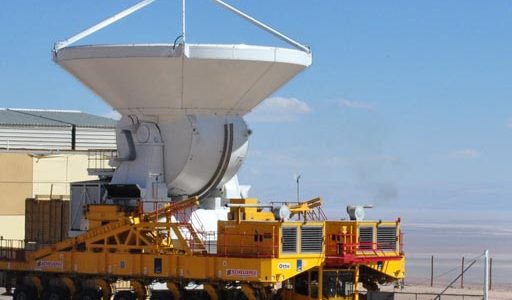
Final Antenna Delivered to ALMA

NRAO Media Tip Sheet September 2015: Science, engineering, and technology milestones.
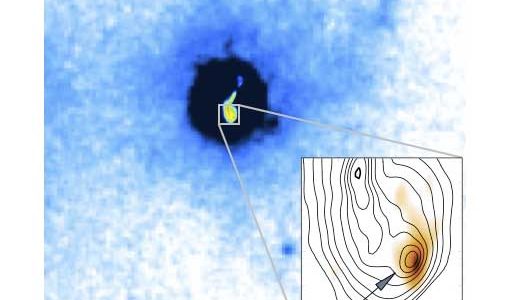
Astronomers using a worldwide network of radio telescopes have found strong evidence that a powerful jet of material propelled to nearly light speed by a galaxy’s central black hole is blowing massive amounts of gas out of the galaxy.
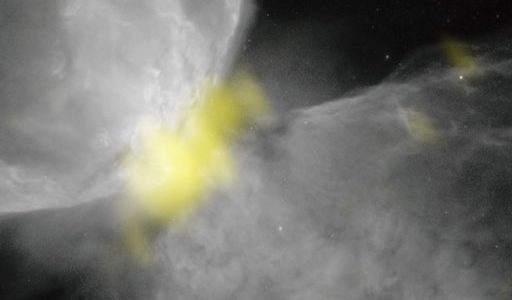
ALMA has opened another window on the Universe as astronomers successfully used the new Band 8 receivers to observe the distribution of atomic carbon in a planetary nebula dubbed NGC 6302.
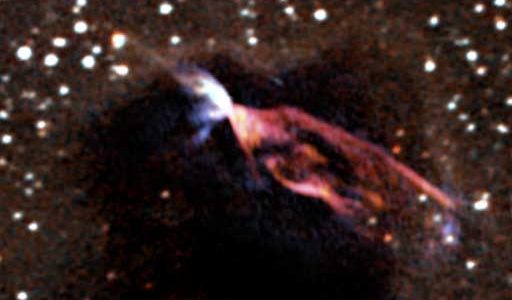
While observing a newborn star, astronomers using the Atacama Large Millimeter/submillimeter Array telescope discovered twin jets of matter blasting out into space at record-breaking speed.
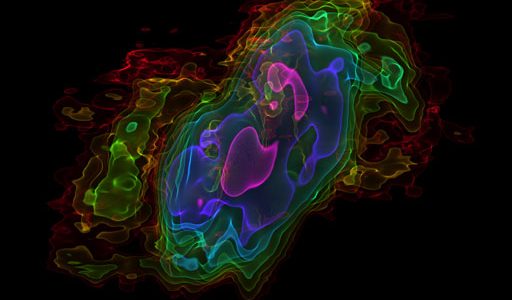
The cosmic fireworks that characterize a starburst galaxy can abruptly fizzle out after only a relatively brief period of star formation, and astronomers want to know why.

The sight of a snowfall can thrill children, but the first-ever snow line seen around a distant star gives astronomers an even greater thrill because of what it reveals about the formation of planets and our Solar System’s history.





